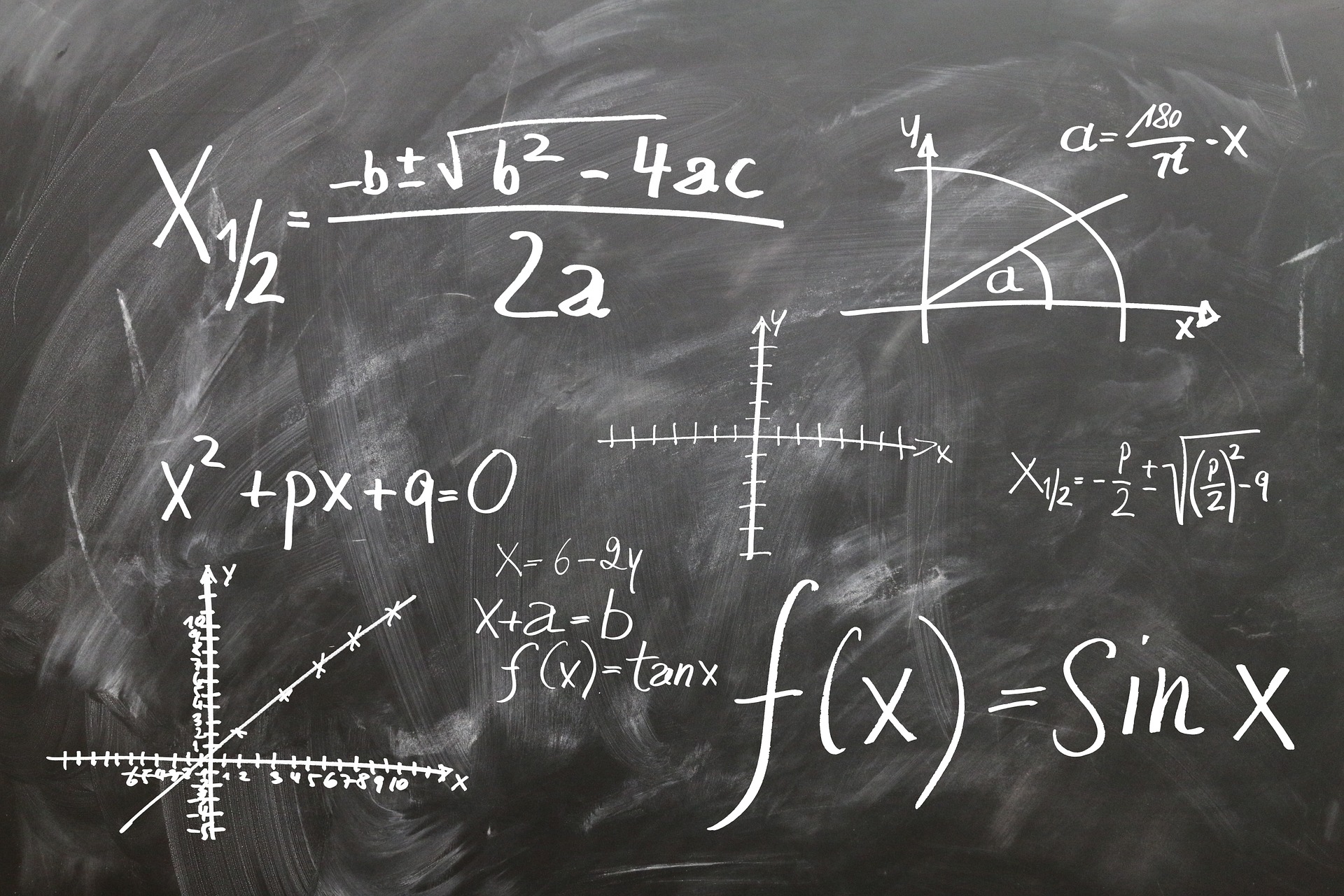Interview: Professor M Kreuzer
From cyber security to algebraic equations, scroll to hear the real-world impact Martin’s work has had on the field of computer mathematics
Martin Kreuzer, mathematics professor at the University of Passau, Germany, chatted with editor in chief Delaram Kahrobaei about his research.
They discuss his research area, the logic behind his findings, and the article’s impact on the field of computer mathematics.
Martin’s article is free to read for a limited time only. You can access the full piece here: A fault attack on KCipher-2.
Click the video below to meet Martin and get his answer to, what exactly is a fault attack?
Keep scrolling to read, and listen to, the rest of the interview with Martin and find out what KCipher-2 is all about.
In his own words, he reveals his and his doctoral student’s code-breaking discovery and how mathematics is used practically to solve real-life problems.
So Martin, tell us, what is KCipher-2?
Click play to hear Martin’s answer
How did you break this cipher?
Click play to reveal Martin’s answer
What is the impact of your work on real-life applications?

Click play to reveal Martin’s answer
Where do you see the direction of your work going?
Click play to reveal Martin’s answer
What do you want people to take away from your research?

Click play to reveal Martin’s answer
How does this interdisciplinary journal help to disseminate the work of researchers?
Click play to reveal Martin’s answer
Martin published his article under the International Journal of Computer Mathematics: Computer Systems Theory. Click the button below to read the journal’s full aims and scope. Here, you can find out more on the types of research typically accepted for publication. You can also browse current articles and the topics that have been published so far.
Like Martin, you could be making a real-world impact with your research. Start your journey with us today and discover the possibilities.